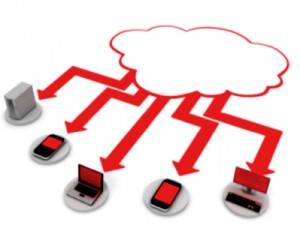Tips for Quality Analysis and Testing Before Deploying a Cloud Application
Jennifer Marsh is a software developer, programmer and technology writer and occasionally blogs for Rackspace Hosting.
Without quality analysis, a company will introduce application errors to its products, and its customers will stumble upon to do their work within the cloud application.
Customers have thousands of websites to choose from when ordering products. So presenting them with errors erodes their trust, and, eventually, your revenue.
Here are some tips to reduce the impact of errors in a production environment:
Create a Staging Environment for Testing
The “staging” environment is a replica of the production environment, but it is used for testing public-facing applications. The staging environment consists of the cloud server, database and any web services needed to run the application. The staging environment is separate from the development environment, but some companies combine the two, which makes it difficult to fully test. The staging environment should always be separated from development, because it must emulate production while the QA team tests it. This ensures that bugs are found prior to going live.
Schedule Releases after Testing
A common mistake for some companies is to release files to production directly after each file is changed. Instead, scheduled release times help organize the staging and production environment, and business owners can document the release bugs and fixes, test the released items, and roll back any changes if any bugs are found. The quality analysis team identifies any bugs released into production after the rollout, so issues can be quickly addressed before they are found by website visitors and potential customers.
Separate Release and Critical Projects
Critical projects are those requiring immediate hot fixes. The problem with using the regular release project is that any unfinished development is also released with the critical hot fix. This means that new bugs can be introduced into the system after deployment. Change control systems let the business owner branch off from the main working project, so the development manager can create an emergency release project. The emergency release package is used to create a new emergency hot fix, test it in the staging environment and deploy it to production. This process separates the hot fix code changes from any current working environments, so new bugs are not accidentally introduced with the new code. This also makes it easier for quality analysis personnel to test only the one hot fix, without having to test the entire application. Blacklight Software can help you save time and increase customer satisfaction through the use of the Microsoft technology stack.
The quality analysis and staging environments separate bugs and good code, and in emergency situations, it allows the developers to roll back any changes. With a strict QA process, development teams can product smooth deployments without causing any downtime for end-users, which helps salvage sales during deployment.









